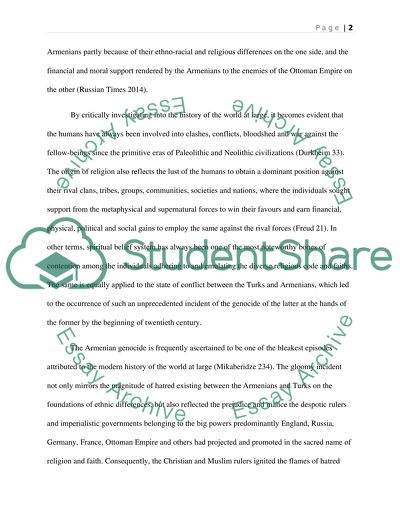Cite this document
(“Armenian Genocide - The Extintction Of ANation Research Paper”, n.d.)
Retrieved from https://studentshare.org/english/1641799-armenian-genocide-the-extintction-of-anation
Retrieved from https://studentshare.org/english/1641799-armenian-genocide-the-extintction-of-anation
(Armenian Genocide - The Extintction Of ANation Research Paper)
https://studentshare.org/english/1641799-armenian-genocide-the-extintction-of-anation.
https://studentshare.org/english/1641799-armenian-genocide-the-extintction-of-anation.
“Armenian Genocide - The Extintction Of ANation Research Paper”, n.d. https://studentshare.org/english/1641799-armenian-genocide-the-extintction-of-anation.


